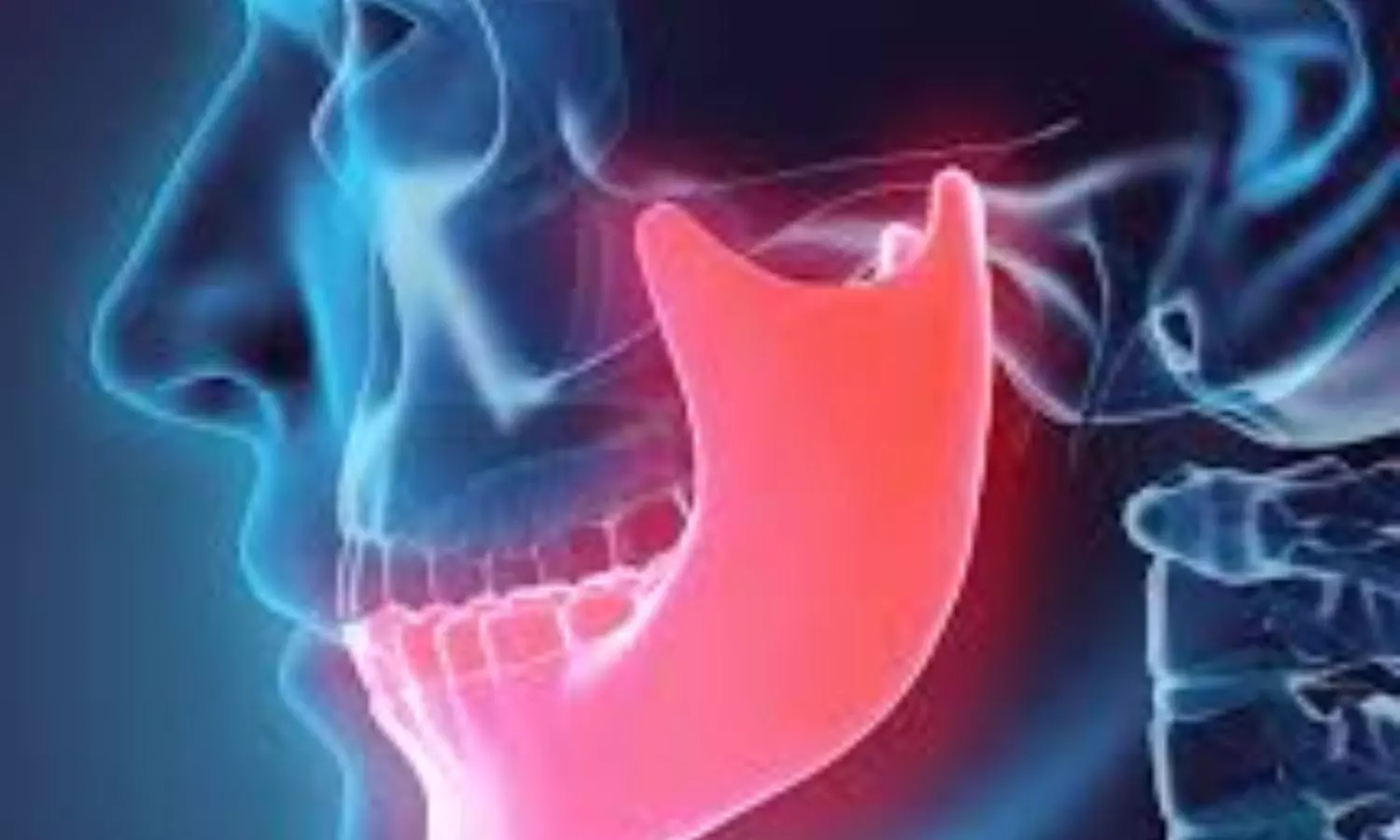Postoperative Rehabilitation demonstrated preventive role against relapse after osseous temporomandibular joint ankylosis surgery: Study

A new study published in the journal of BMC Oral Health showed that during the unusually long clinical follow-up period of 24 months, postoperative rehabilitation was found effective for prevention of recurrence following TMJA surgery.
Temporomandibular joint ankylosis (TMJA) is a disorder in which the temporomandibular joint (TMJ) becomes permanently stuck in a forced position due to an intracapsular lesion, resulting in significantly reduced mandible motion. As a result, not only severe trismus, but also masticatory function and facial deformities might impair aesthetics in afflicted people.
TMJA is classified into fibrous ankylosis and bony ankylosis, with the latter frequently causing a severe condylar dysfunction and impairing quality of life (QOL). Gap arthroplasty (GA), which involves excising any bony adhesion between the joint space and mandibular condyle without inserting it into the resulting gap, and interpositional gap arthroplasty (IPG), which involves creating a gap and then inserting an artificial material or temporalis myofascial flap (TMF) for example, are two related surgical procedures that have been reported.
The goal of surgical therapy for TMJA is to improve patient quality of life by reducing ankylosis, restoring condylar function, avoiding ankylosis recurrence, and enhancing facial attractiveness. Thus, this study sought to clarify and analyze the association between the operational method, the rehabilitation time, and maximum incisal opening (MIO), with an emphasis on mouth opening following surgical treatment for TMJA.
12 patients who had surgery for gap or interpositional arthroplasty were included. The course of maximal incisal opening in patients was split by surgical procedure, gap size, and rehabilitation duration, with a focus on relapse of maximal incisal opening. The average recurrence of maximum incisal opening following surgery in patients with a gap size ≥ 15 mm was 12.0 ± 11.2 mm, whereas in those with a gap size < 15 mm was 8.9 ± 12.6 mm.
The average relapse of maximum incisal opening following surgery in patients with gap arthroplasty was 12.3 ± 7.6 mm, whereas those with interpositional arthroplasty was 7.5 ± 15.2 mm. After surgery, patients with less than 12 months of rehabilitation had an average relapse of 14.1 ± 10.7 mm, whereas those with more than 12 months had an average recurrence of 7.4 ± 16.3 mm.
Overall, the findings of this retrospective study over a relatively long clinical follow-up period of 24 months demonstrate the relevance of postoperative rehabilitation in avoiding recurrence following TMJA surgery.
Source:
Ezoe, Y., Nogami, S., Otake, Y., Chiba, M., Takahashi, T., & Yamauchi, K. (2025). Clinical course of jaw function recovery following surgical treatment in patients with temporomandibular joint ankylosis- correlation with mouth opening rehabilitation. BMC Oral Health, 25(1), 423. https://doi.org/10.1186/s12903-025-05806-9
